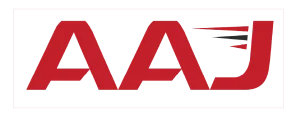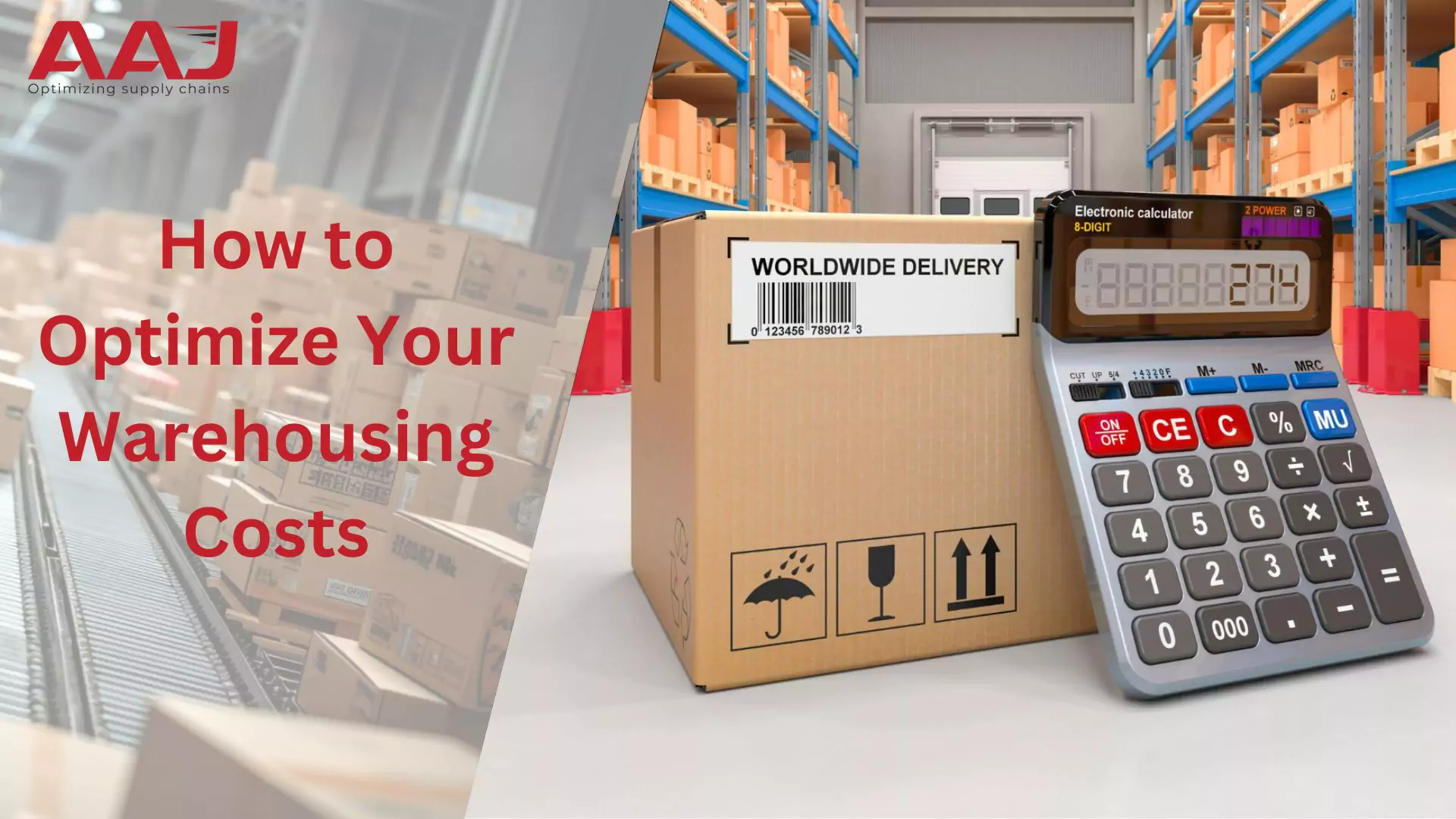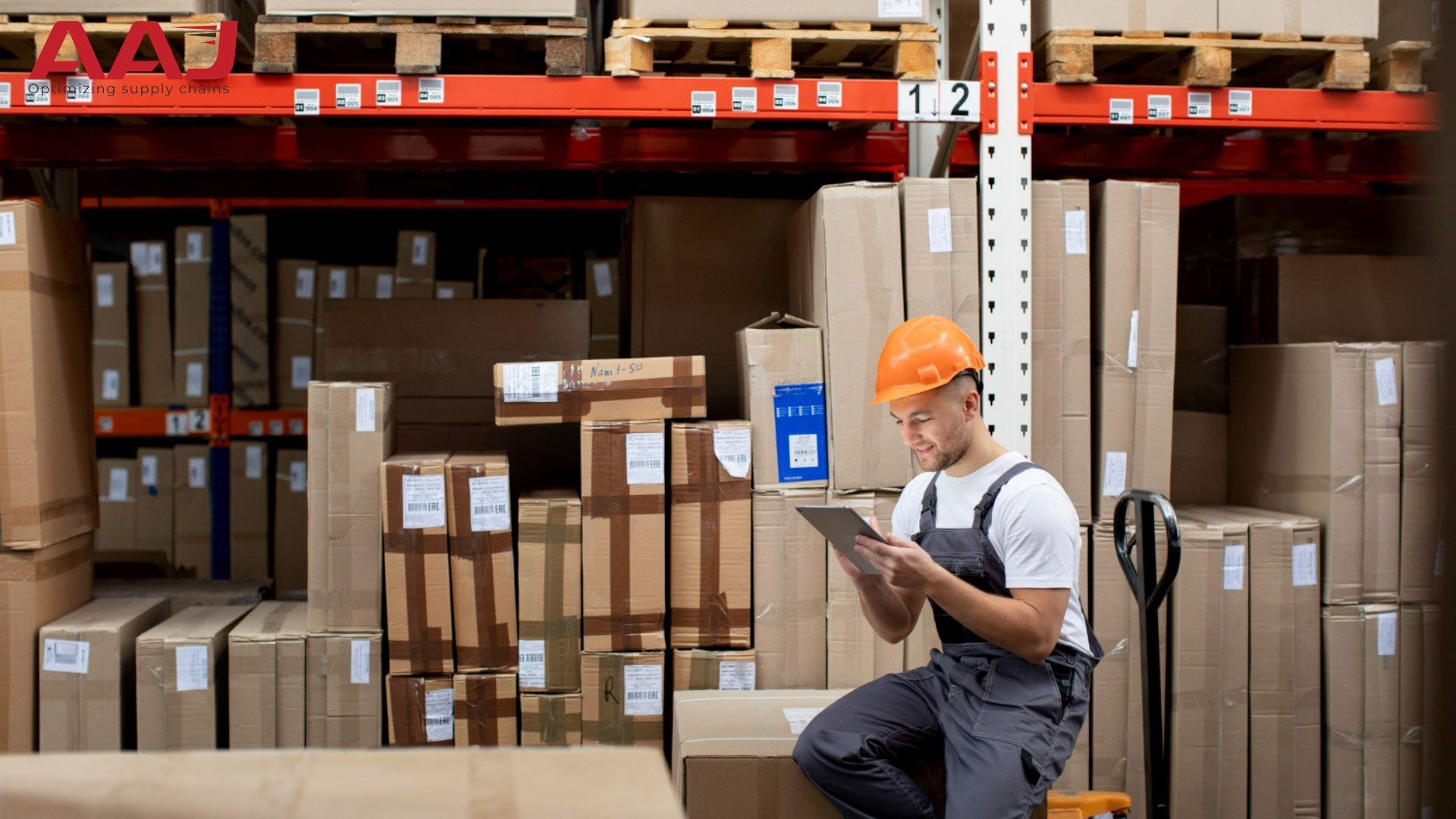Warehousing is an essential process for product-based businesses to manage inventory. It keeps the products secure and handy for logisticians to plan out the order fulfillment. However, while warehousing services by trusted 3PL companies in India ensure freight safety, it is impossible to do so for certain product demands. Some product demands require it to be directly delivered from the supplier to the doorstep of the end-customer.
- Products with a shorter shelf life (such as fresh groceries)
- High demand products (seasonally trending products like back-to-school supplies, rain gear, etc.)
- Products in Clearance sales (eCommerce flash sales such as the Black Friday campaign, etc.)
- Promotional products that are recently launched
These are often:
Hence, in such cases where there isn’t enough time for warehousing, 3PL companies in India opt for cross-docking.
What is cross-docking?
Cross docking is a logistics management strategy that entails unloading products from incoming delivery vehicles and loading them straight into outbound delivery vehicles, eliminating standard warehouse logistical practice. Cross docking is an excellent way to save time and money, and can be beneficial in numerous events where time and money are limited.
In simple words, inbound products come through trucks and trailers and are assigned to a receiving dock on one side of the ‘cross dock’ terminal. Once the inbound vehicle has been docked, the products can be unloaded, sorted, and screened to determine their movement to outbound destinations.
Products are moved to the other end of the ‘cross dock’ terminal using forklifts, conveyor belts, pallet trucks, or other methods of conveyance to their destination outbound dock after they have been sorted. The merchandise can subsequently be delivered to clients once the outward vehicle has been loaded.
Clients can use a cross-docking service to route items from one or more manufacturing sites to a certain distribution center. The majority of these centers are in a region that is closer to the customers, as it is the only way products can be delivered without warehousing. 3PL logistics companies resort to various ways of cross-docking products depending on the need of the hour.
Types of cross-docking
Manufacturing:
Receiving products through inbound logistics required by a manufacturing unit is the major function of manufacturing cross-docking. The products and the sub-assemblies are ready to be delivered on their arrival.
Distribution:
In distribution cross-docking, items from various vendors are grouped together by 3PL companies in India, before being delivered to customers. The delivery of vehicle parts to an automobile parts dealer is the perfect example of this type of cross docking.
Retail:
Materials are gathered from many vendors and the collected commodities are supplied to retail outlets in the case of retail cross-docking. Once again, there are two types of procurement. The first type of goods are those that are required on a daily basis, such as groceries, fruits, vegetables, and other fast-moving items.
The second type of item is one that is only needed once a year, such as Diwali earthen lamps. This category is only purchased once a year and is rarely supplied.
Opportunistic:
The transferring of a product from directly inbound to outbound shipment docks in order to meet a known demand is known as opportunistic cross-docking.
6 advantages of cross-docking that make it popular among 3PL companies in India:
1. Streamlines the supply chain
Material handling becomes a lot smoother and fluid. Cross-docking boosts operational efficiency and productivity of 3PL companies. It also improves the functionality of in-motion labelling and weighing, label verification, and destination scanning, among other things.
2. Eliminates (or reduces) warehousing costs
Warehouses are commonly replaced by cross-dock offices, which are easier to construct and take up less space. It provides businesses with both variable and fixed resource cost investment funds. While warehousing is necessary in most cases, cross-docking eliminates its use in redundant places.
3. Minimizes of inventory holding costs
Eliminating redundancy comes with several cost benefits. Cross-docking reduces additional inventory holding costs for products that cannot be stored for long. If at all any storage is required, the storage period is significantly shorter, which relatively reduces some costs.
4. Causes less risk of product damage
Since there is no requirement for a warehouse, the risk of inventory handling is minimal. Products are safer, because there is no possibility of their wearing out or expiring. Simultaneously, the less a product is transported from one location to another, the higher its chances of surviving.
5. Faster product movement
In cross docking, the packages are screened more efficiently with optimized automation at the terminals, minimizing the time the package spends in shipment. This leads to rapid order fulfillment.
6. Reduced Labor cost
Elimination of warehousing reduces the consumption of human resources, and proves to be very cost-effective.



